The Aim of Fittening Your Horse.
It’s fair to say that many people do not turn horses away completely any more, rather lower the work level and just keep them ticking over and doing a bit of work on areas that may need improvement for the coming season. Even so it is necessary to have some sort of structured program in place to ensure they reach the correct level of fitness at the right point in the season.
So what are we really talking about when we talk about fitness?
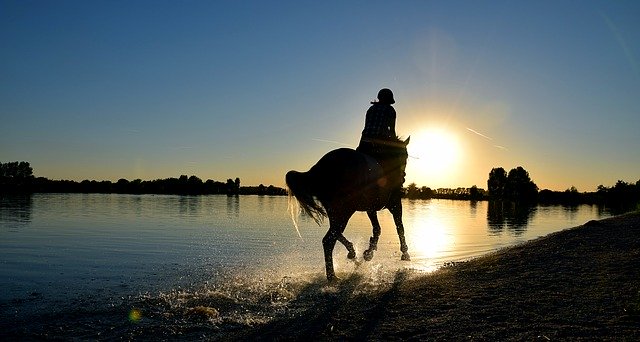
Fitness can be defined as being in a suitable state to perform an effort or act. Fittening is sometimes referred to as “conditioning” or in the racing industry “training”. Whatever you call it, it is a combination of correct work and feeding. The aim of getting a horse fit is to enable it to undertake a set amount of work with minimum fatigue.
Considerations prior to starting a fittening program.
Horses should be in general good health. Signs of health and “normal” behaviour should be closely monitored and observed. Healthy animals will cope with the demands of fittening programs. However trainers and riders must recognise signs of ill health and respond to them quickly so as not to strain and stress an ailing animal. T.P.R. (Temperature, Pulse and Respiration) can be measured and forms a basis of basic health measurements during fittening. However each horse is an individual and variations occur between horses. The normal rates for each animal should be established prior to suspecting an illness. Exertion, pain, stress, fear, excitement and disease can cause these rates to rise. Body weight, recovery rates and blood tests can be used for further monitoring.
The uniqueness of each horse can influence its response to a training program and must be considered when formulating a fittening program. It is important to consider the horse’s current state of health, history and length of time off; the shorter the break from work, the easier to return back to full fitness. Previous levels of fitness can influence the program too, once brought to peak fitness it is easier to reach that level again.
The horse’s current level of condition, including weight, size, height and type should be considered. Past relevant injuries, poor conformation and history of un-soundness will necessitate the training program to be taken slower. For Example prior tendon injuries will need to avoid too much galloping or deep surfaces.
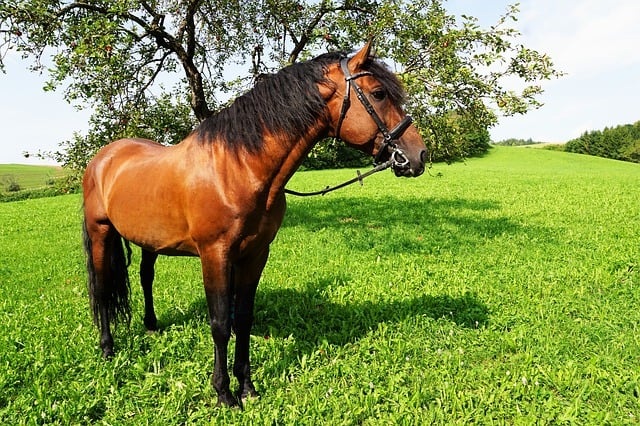
Temperament can influence a horse’s response to fittening. A lazy horse may need more work to get fit and not lay down fat. A keen horse may be easy to get fit but difficult to keep calm and to keep weight on.
Age should also be taken into consideration; young horses require more daily exercise to keep up fitness levels. They are not mature until their 6th year and may not be a able to withstand the stress of training, showing slow recovery after work outs. The end goal will also have influence on the level of fitness required and when this is to be reached.
Pre-fittening tasks.
Before starting on a fittening program some routine tasks should be carried out. These are not only required for the general health and wellbeing of the horse but will also save on lost time during the fittening process.
• Shoeing,
• Teeth,
• Vaccinations,
• Worming,
• Preventing tack galls and skin rubs,
• Checking legs.
Shoeing.
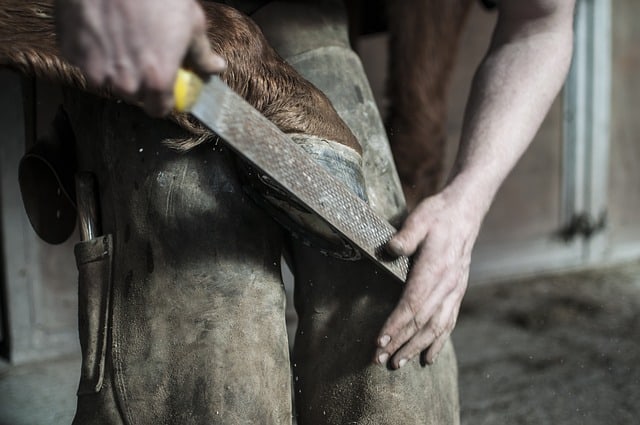
The farrier should be called to fit shoes to the horse; this should be repeated every 4 to 6 weeks as needed. Initial hacking work on the road will wear shoes rapidly. Anti slip nails can be fitted to give extra grip.
The Horses Teeth
The Horse’s teeth should be checked every 6 to 12 months. Sharp edges can cause loss of condition and evasions when the animal is being worked
Vaccinations
Tetanus vaccinations should be boosted biannually, influenza vaccinations should be boosted every 6 months according to competition regulations. Both vaccinations need an initial course of injections; all injections need to be recorded in the horse’s passport.
Worming
All horses should be on a worming program, a wormy horse will not thrive and the consequences of heavy worm burden can cause death.
Preventing tack galls and skin rubs
Horses with dirty soft skin are prone to rubs from tack. If the weather is mild the horse can be bathed and must be thoroughly dried so as not to catch a chill. Salt water or methylated spirits can harden soft skin. Clean, supple tack and anti rub girths or sleeves can help. Avoid sponge filled saddle pads as they are more likely to scald.
Checking Your Horses Legs
The horse’s legs should be checked prior to starting fittening program. An idea of what is normal for the individual animal should be established. Some horses are prone to filling in the legs when they are first confined to a stable.
All Changes Must Be Made Gradually
Managing the transition from a rest or a period at grass, to a working life when stabled, while also avoiding unnecessary health issues, requires understanding. Providing the horse is not over fat, diet can be adjusted by feeding a small amount of hard feed during the 2 weeks prior to the start of fittening. This allows the digestive system to adapt. Stabling the horse while doing this, allows the horse to become slowly accustomed to being confined. It also allows you to check legs for what is normal. Do this when the horse first comes in and when it is going back out so any change can be noted.
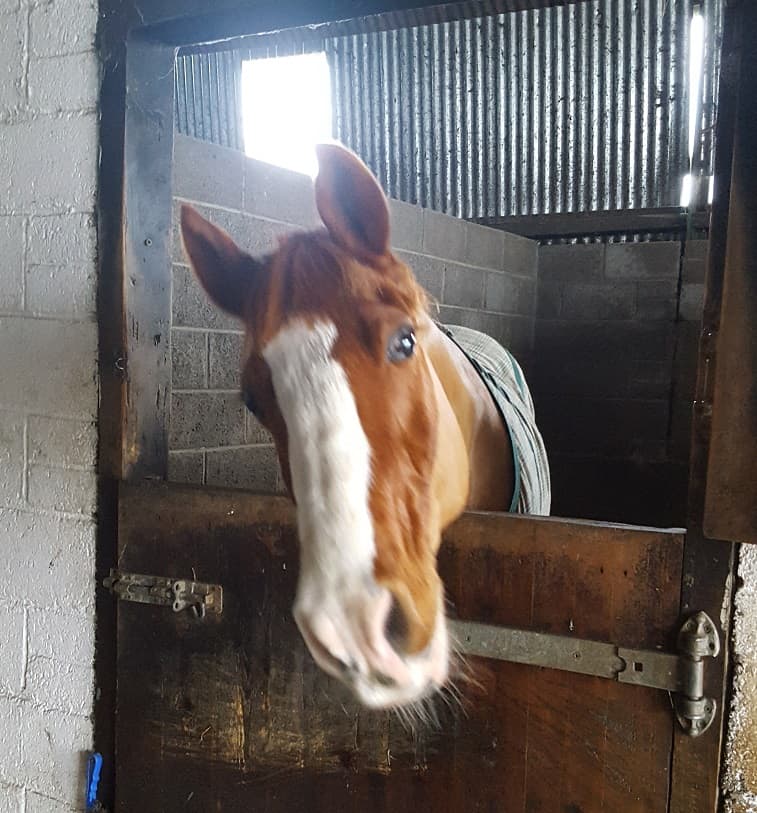
The horse’s respiratory system can become acclimatised to the stabled regime. Less fresh air and unavoidable dust combined with less time grazing with the head down can irritate a sensitive horse. Short periods in the stable can help acclimatise the horse. In severe cases medication may be required. Use a dust free bedding and dampen down hay. Consider feeding at ground level. If your horses have been out in the day but in and fed at night then start bringing them in earlier and shorten the time spent turned out.
The Three stages of fittening Your Horse
Preliminary stage. -Builds the foundation work. It should be slow and steady so as not to stress unconditioned systems and structures.
Development work. – This develops suppleness strength and stamina, and is often directed to the horse’s individual job; for example Polo, Showjumping or Cross Country.
Fast work. Opens the lungs and further develops muscle and is not needed for all disciplines.
Preliminary stage.
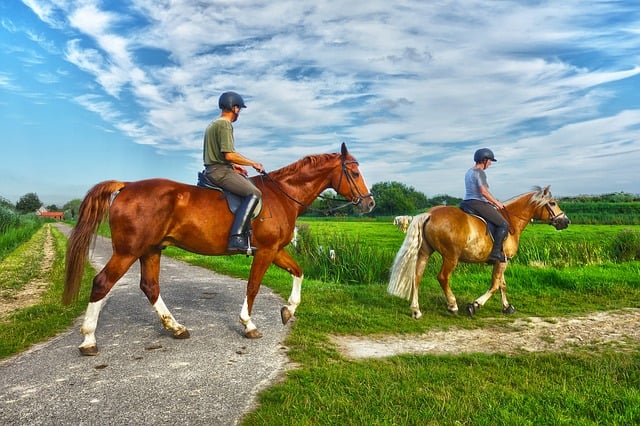
The first 4 weeks of your fittening program will consist of hacking work on the road. Do not be tempted to short cut this very important preliminary stage (in fact the longer the horse has been off work or the more injuries it is carrying the longer this stage should be). The more time spent at this stage the more solid the foundation work thus leading to less injuries later and the ability to reach a higher level of final fitness.
Preliminary work tones up the muscles, tendons and ligaments and is traditionally known as “hardening the legs”. The low level of concussion allows the legs to become stronger and avoid damage from jarring. While still encouraging the replacement of old bone cells with younger more durable and elastic ones. Work up hill will increase the effort the horse has to make but will not increase the level of concussion on the legs.
The walking begins the development of muscle and burns up any excess fat, the slow pace will not strain the heart (a muscle itself) or the lungs. While gradual increases in work load help to strengthen and condition both.
Designed to exercise the horse slowly for increasing amounts of time, it is accomplished by road work at the walk. Starting off with 30 mins on the first day and building up to 1 hour by the end of the first week. By the end of the second week 2 hours of walking and some hills should be completed. During week 3 the horse should be returning from a 2 hour walk as bright as it started. At this point small trots, on level ground, are introduced. Gentle lunging on a good surface could be introduced.
Trotting is very jarring on the horse’s legs and the horse should have walked for at least 15 mins to warm up. 800 meters of trotting divided up into 4 x 200 meter sections is plenty to start.
During week 4 some trotting uphill can be introduced, start gently and check the horses breathing at the top of the hill, it should remain even and not strained.
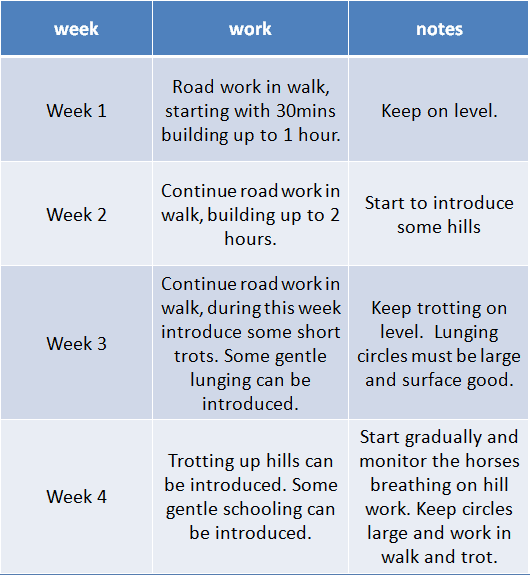
Development Work
Development work. – develops suppleness strength and stamina. This stage is often directed to the horse’s s individual job, as previously mentioned. It will include some gentle schooling, generally directed at the discipline the horse is working at, for example; the show jumper will start some schooling over small fences.
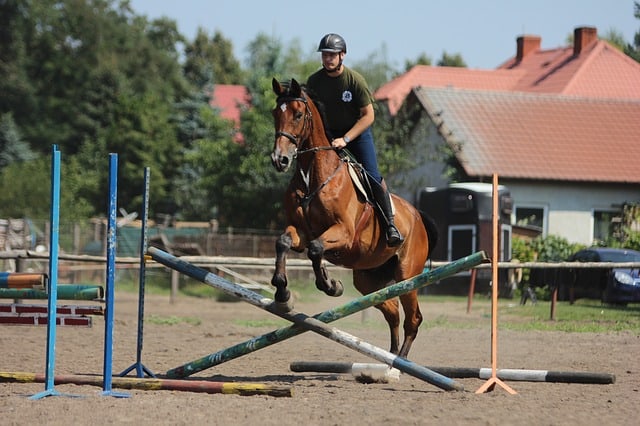
Short canters can be introduced, choose a good surface and avoid tight turns and small circles as these can cause injury. Some supplying exercises can be used, if the horse can do lateral work this is ideal, but keep to short sessions, Leg yield and shoulder fore can even be done when hacking on a quiet lane. It is important to introduce all new work progressively and slowly build up the demands you make on the horse and listen to how he responds.
Introducing canter work should be done on good, firm, flat ground. Be prepared for the horse to be exuberant, he many want to go faster than desired and can buck and plunge. This can risk injury to legs. You can adjust tack if the horse is known to be like this.
Canter work should be slow and short initially, by the end of the week 6 the horse should be doing 3 or 4 steady canter work outs and although blowing at the end it should quickly recover to normal breathing. During week 7 &8 the exercise program will remain similar.
This work builds up the horse’s stamina (heart and lung endurance). As with the previous paces some uphill canter can be introduced, this combined with schooling to help with suppleness and the horse is nearing the point it can go and do some work. E.g. a competition.
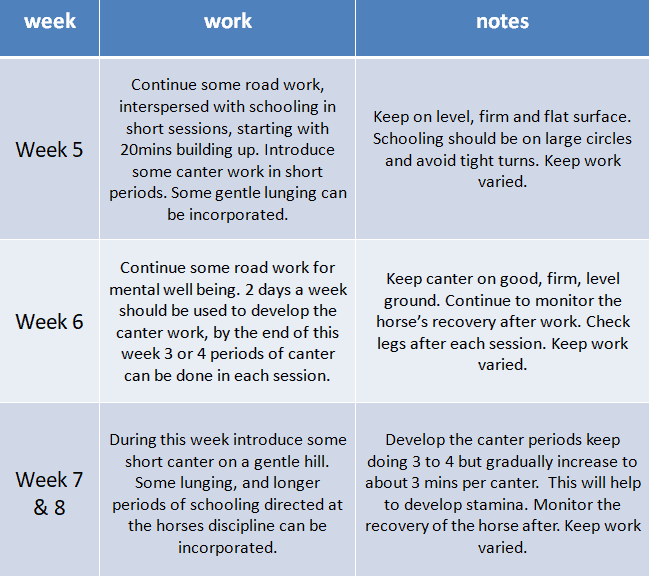
Fast Work.
Fast work is generally used for horses that have to gallop; it is sometimes referred to as conditioning. It is not generally used to fitten the dressage horse or show jumper.
Fast work expands the lungs and opens up the ‘respiratory reserve’. This is the portion of the lungs that is normally not used during slow work. The old term was a pipe opener.
Capillary networks around the alveoli are increased due to the demand giving the horse a greater gaseous exchange. Any deep congestion is shifted and horses can often clear mucus from the respiratory system after a bit of fast work.
The fast work continues to develop muscle and the efficiency of the heart. The capillary network to the muscles is expanded and thus is more efficient to deliver oxygen and remove waste products after exercise.
In Conclusion
All Fittening work should be done gradually and you must avoid short cuts, as they may predispose your horse to injury. Making sure your horse has a solid foundation to his fitness with a gradual build up throughout the stages is the best way to minimise any risk of injury and ensure that your horse is fit for the work he being required to do.
This Article was originally published in the January 2020 Issue of Irish Sport Horse Magazine. Jessica Soley BHSI is a level 5 performance coach and senior assessor for the British Horse Society. Having competed and run her own competition yard she is now an Equine Tutor for QQI Equine courses at level 5&6 run by KWETB in Kildare
